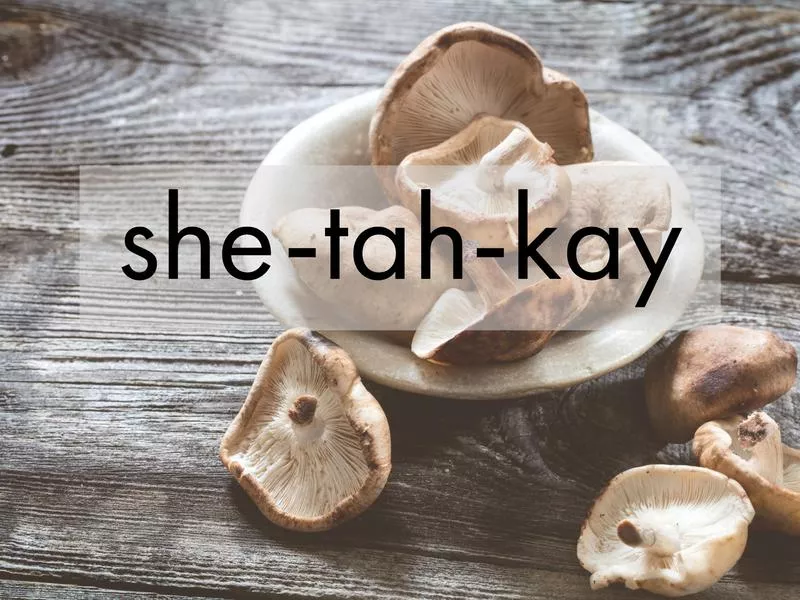You’re an American in Paris, walking along the Seine, when you pass a street vendor selling fresh croissants. You walk up and ask: “May I have one cruss-aunt, please?”
The vendor looks at you, judgment in his eyes, and replies that, yes, you may have a “kwa-sahn.”
If you’ve ever had an experience like this, you understand how easy it is for foreign food names to get lost in translation. In countries around the world, some foods in particular are routinely butchered by hapless out-of-towners.
Depending on where you’re from and where you’ve traveled, some of the following examples of commonly mispronounced foods may seem laughably obvious. But chances are, there are at least a few that you’ve been saying wrong for years.
Shiitake

It’s time to get your mind out of the gutter when it comes to pronouncing this popular mushroom found in staples throughout Japan and many other Asian countries.
Often used in traditional medicines as well, this fungus is both delicious and practical. Unfortunately, it’s also a real mouthful to say.
The proper pronunciation is “she-tah-kay.”*
*Source: Forvo, the largest pronunciation dictionary in the world, based on pronunciations by native speakers.